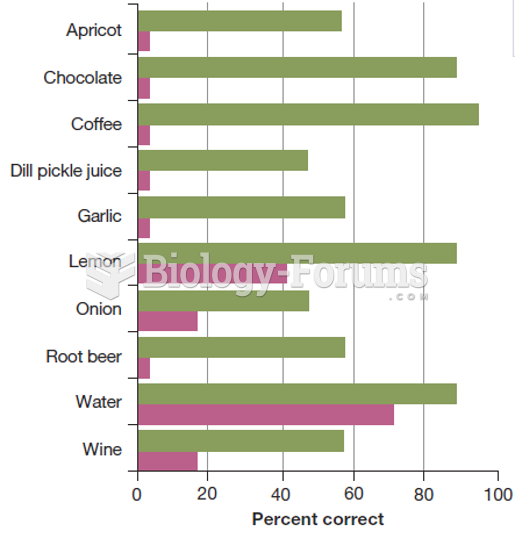|
|
|
In Eastern Europe and Russia, interferon is administered intranasally in varied doses for the common cold and influenza. It is claimed that this treatment can lower the risk of infection by as much as 60–70%.
A cataract is a clouding of the eyes' natural lens. As we age, some clouding of the lens may occur. The first sign of a cataract is usually blurry vision. Although glasses and other visual aids may at first help a person with cataracts, surgery may become inevitable. Cataract surgery is very successful in restoring vision, and it is the most frequently performed surgery in the United States.
By definition, when a medication is administered intravenously, its bioavailability is 100%.
Cytomegalovirus affects nearly the same amount of newborns every year as Down syndrome.
The average human gut is home to perhaps 500 to 1,000 different species of bacteria.







